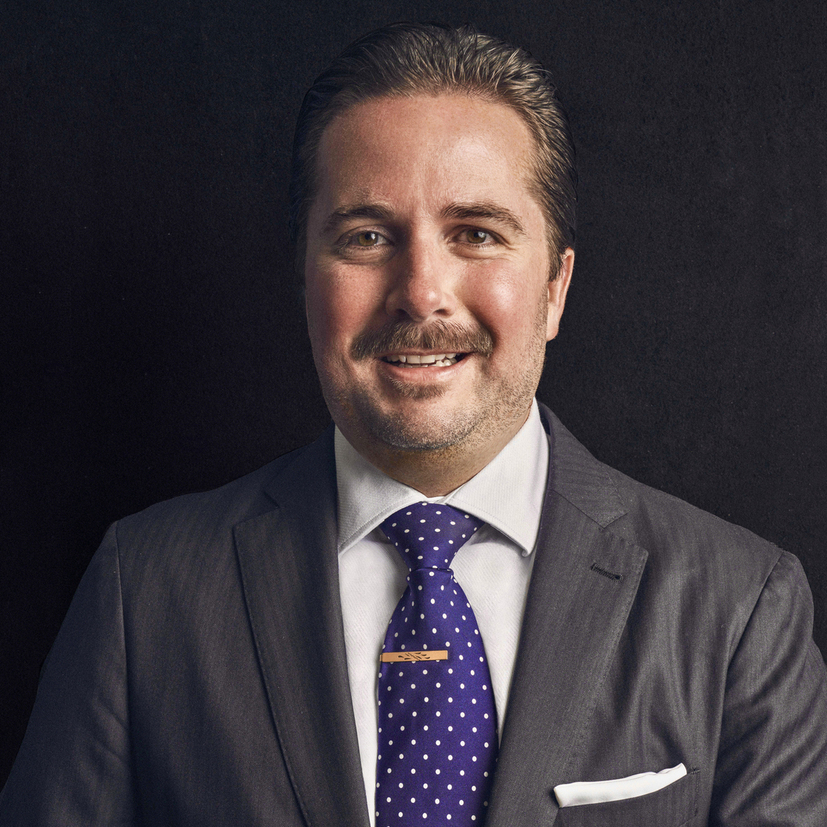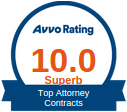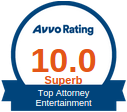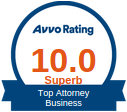In his capacity as a Columnist for California Sports Lawyer®, Founder Jeremy Evans has written a column about a year in review for name, image, and likeness (NIL) in college sports.
You can read the full column below.
~
When name, image, and likeness (“NIL”) first entered the national discussion surrounding the NCAA and college athletes, many had expectations about what might or might not occur once going live through various state laws. Once state laws were passed and the July 1, 2021, enactment date was set, the NCAA followed suit by removing the rule on college athletes making a profit from their NIL. It helped the NCAA, universities, and the state legislatures to more quickly accept the new norm pursuant to the U.S. Supreme Court’s 9-0 decision in Alston surrounding not NIL, but educational benefits like scholarships (see National Collegiate Athletic Association v. Alston, 594 U.S. _ (2021)). Justice Brett Kavanaugh issued a blistering decision against the NCAA for its role in antitrust activity limiting college scholarships.
What the sports industry and interested parties did not expect was the Wild West of NIL to ensue. The NCAA has issued guidance on NIL and to date there is a host of state NIL laws that essentially reiterate or codify rights of publicity (“ROP”) legislation and/or case law. Federal legislation on contract law is extremely unlikely considering our country is a constitutional republic with protection for states rights and limited federal government. Even if the argument is that the federal government has grown in power since the founding of the United States, Congress rarely if ever gets involved in state contract law, NIL, or ROP. There are actually examples of Congress going too far on legislation only to have the U.S. Supreme Court or Congress carve out or knock down such federal legislation (e.g., Professional and Amateur Sports Protection Act of 1992, see Murphy v. National Collegiate Athletic Association, No. 16-476, 584 U.S. _ (2018); Affordable Care Act of 2010, where Congress limited legislative oversight and reach of the original law).
A perfect storm was created by the introduction of NIL in July 2021, as it coincided with the introduction of the transfer portal for college athletes and the removal of limitations on college scholarships (e.g., educational expenses). Combine the aforementioned with the exponential growth of social media, NFTs, the metaverse, gaming, streaming entertainment content, the athlete as producer, the emergence of the Web 3.0, a creator-to-consumer phenomenon, and the result was the resemblance of a changing college system that has the look and feel of professional sports.
Ongoing questions for the NIL include, but are not limited to a discussion around how NIL is managed or used in recruiting? (See Nick Saban and Jimbo Fisher dispute). The question of who regulates the system? It is the NCAA so it is likely that more direction will come from the governing body over the member institutions this summer when major college sports take a break for the summer. The College World Series is the last major NCAA event before fall football.
How are collectives and boosters regulated? Will more compliance officers be hired? Will the conferences particularly the Power Five (ACC, Big Ten, Big Twelve, Pac-12, and SEC) regulate themselves and take on more responsibility to govern themselves? As laughable as it may seem now or even in 2021, will college sports require a salary cap for universities or regulations regarding transferring college athletes and where college “front offices” are negotiating and securing NIL deals for their rosters of players? Duke University just hired its first general manager to handle NIL deals for its athletes.
Lastly, is NIL the last of the changes to the college system? Hardly, California is considering legislation that would split college athletic department revenue with their athletes 50/50, pay a yearly salary of $25,000, and a percentage of funding upon graduation from the institution. The current draft of the legislation specifically mentions that the college athletes are not employees. There is no doubt, however, that NIL has resulted in significant investment by agencies, universities, and brands in paying and securing deals for college athletes in traditional NIL deals (e.g., brand pays athlete or influencer “x” dollars to post “x” times on social media) and beyond in NFTs, equity partnerships, and even endorsing political candidates. Universities have also invested in compliance (Athliance), education (Altius Sports Partners), and direct deals (Opendorse-Twitter), but will universities take a percentage of those deals acting like an agent? NIL has the opportunity to level the playing field for colleges and all sports, and there is evidence of that now, but there is also the fear of racing to the bottom to compete. Competition is a good thing, it just requires some NCAA and conference input to keep the system fair and safe.
~
About Jeremy M. Evans:
Jeremy M. Evans is the Chief Entrepreneur Officer, Founder & Managing Attorney at California Sports Lawyer®, representing entertainment, media, and sports clientele in contractual, intellectual property, and dealmaking matters. Evans is an award-winning attorney and industry leader based in Los Angeles. He can be reached at Jeremy@CSLlegal.com. www.CSLlegal.com.
Copyright © 2022. California Sports Lawyer®. All Rights Reserved.




